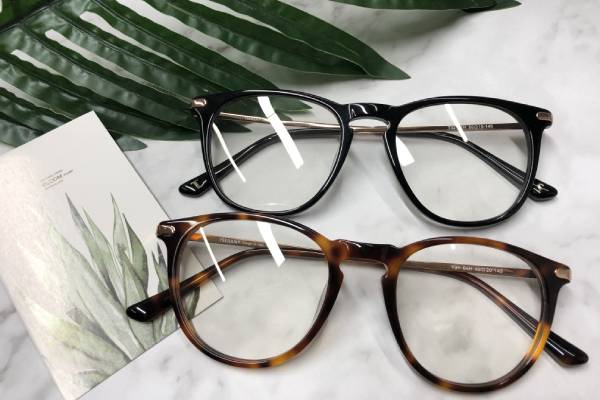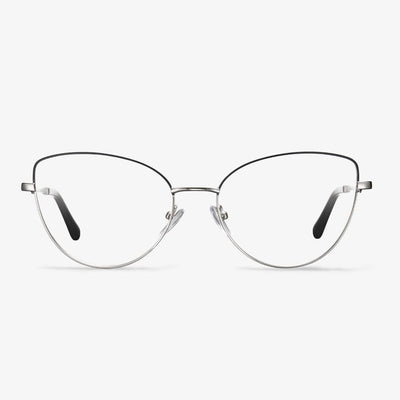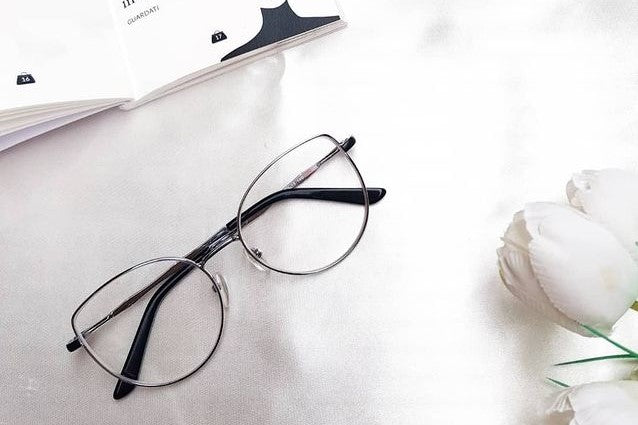Safety effects of non-prescription glasses
Safety glasses are available in a variety of styles for different users. There were glasses to protect his eyes from shocks or damage, like those used by people who lost an eye in the past. Many of them often wear protective goggles to protect their eyes from injury and to maintain a degree of vision. Safety goggles made of shatter-proof materials have become a staple in many industrial places, from factories to construction sites. Because in such an environment, the likelihood of being hit by debris or mud is very high.
Aluminum Night Driving Glasses
These night vision glasses feature advanced HD technology. The aluminum frame is lightweight, allowing you to comfortably wear your driving glasses and reduce glare for safe driving. Because the lenses are yellow, these glasses act as night vision goggles to reduce glare, reflections, and their negative effects, while improving and brightening the visual area. Polarized lenses have a special anti-reflective coating that eliminates intense reflected light and reduces glare and scattered reflections. They can double as day and night glasses, improving clarity around the clock.
Jones New York J516
Glasses combine function and fashion. They are perfect for modern professionals, and the full-rim glasses are made of strong and not heavy acetate. The keyhole bridge gives off a preppy feel, proper for people with wider noses. Spring hinges maintain their original balance and adjustment to make your glasses more durable and comfortable, and bimetal rivets at the edges and increase the appearance. They are modern, mature college-style glasses.
How to clean a contact lens case?
Avoid cleaning contact lens cases with running water. Tap water contains a number of chemicals that can be harmful to contact lenses, as well as microorganisms such as bacteria. Please rinse and disinfect with boiling water. Use contact lens solution before cleaning. Let it dry. Make sure the contact case dries naturally before you use it. Stay away from cosmetic bags. It is to avoid that your contact lens case is contaminated by cosmetic bags. Some dust from cosmetic products can easily contaminate contact lens cases, so stay away from cosmetics.
Disadvantages of Plastic Frames
The disadvantage of injection molding material is that most of them have surface spray paint processing. They are not wear-resistant, easy to fade, easy to peel off the paint layer. PC material comfort is poor, and durability is not good. The frames cannot be changed to suit different face shapes. Because of its good elasticity, TR material can not be changed, which means that poorly made lenses are easy to fit into the frame. Plate material is hard, if the change is not appropriate, it will be not comfortable. Acidic material can not match the lens made of PC material, which will cause the lens to crack.
Benefits of MR Lenses
It is made of MR series material of Mitsui Chemical, Japan. The biggest advantage is that it is both thin and has good optical properties. Besides, the material has good impact resistance and toughness, so it is not easy to be deformed or broken. Wearing such lenses not only looks more beautiful, but clear and comfortable, and safe at ease. Using a lower density polyurethane material, the lens is lighter and thinner, making it more comfortable to wear. The higher machining success rate increases the processing efficiency and reduces the processing cost. The film compatibility and dyeing properties of MR™ are better than those of ordinary materials, which can improve the quality of functional lenses like photochromic lenses and myopic sunglasses. MR-8™ combines high refractive index, high Abbe number (for better imaging), and better processing performance, suitable for rimless, half-frame, and other glasses, which are less broken and safer. MR-7™ provides better dyeing performance, faster and more uniform color application, and can be used for myopic sunglasses. MR-8 Plus™ is safer and further improves the impact resistance of the lens while maintaining the high Abbe number of MR materials.
How long do plastic frames last?
Plastic frames are made of non-biodegradable materials and are possible to last forever. If the frame is made of acetate, the layers of acetate fibers make the frame vary in degrees of transparency and pattern. The plastic frame manufacturing process makes the plastic frame more brittle than the acetate frame. In this sense, the acetate frame has a longer service life. Then the plastic, which is made of SAP, will never break down. Depending on the circumstances, it could take years. If the lenses are polycarbonate, the material takes hundreds of years to break down naturally. If TR-90 is normally stored, not exposed to the sun, and put in the box with cloth wrapped, and then you can keep 3 years, there is no effect.











































